Did you know users form an opinion about a website in just 50 milliseconds? In today’s fast-paced digital world, standing out isn’t just a luxury—it’s a necessity. Web design trends are more than aesthetics; they shape how brands connect with their audience in an increasingly digital-first environment. With technology advancing rapidly and user expectations higher than ever, a website that doesn’t evolve risks becoming obsolete. So, what sets apart fleeting trends from groundbreaking design innovations?
In 2025, web design will be all about striking the perfect balance between creativity and functionality, creating experiences that are visually stunning and intuitive to use. Whether it’s custom website design, responsive interfaces, or seamless eCommerce platforms, embracing these trends is the key to staying ahead. Let’s dive into the top 10 web design trends shaping the digital landscape.
1. Minimalism with Personality: A Leading Style in Web Design Trends 2025
Minimalism continues to dominate in 2025 but with a refreshing twist. Instead of sterile, monotonous layouts, designers incorporate asymmetry, oversized typography, and bold color pops to infuse character into clean designs. This approach balances simplicity and engagement, making it perfect for startups looking to establish a strong brand identity. When combined with responsive design, minimalistic websites deliver a seamless experience across all devices. At Nibex, we specialize in creating intuitive and engaging designs that capture the essence of a brand.
How does minimalism shape modern web design trends?
Minimalism remains dominant in 2025 but with a creative twist. Instead of sterile and monotonous layouts, designers are incorporating asymmetry, oversized typography, and bold color accents to infuse character into clean designs. This approach maintains a balance between simplicity and engagement, making it ideal for startups aiming to build a strong brand identity.
Challenges
- Minimalist design can sometimes feel too plain or impersonal.
- Poor use of whitespace may reduce user engagement.
Successful Example:
Apple—Their website showcases a minimalist yet premium look, proving that simplicity can be sophisticated.
2. Dark Mode Evolves
Dark mode isn’t just a trend—it’s becoming a design standard. In 2025, we’re seeing enhanced dark mode experiences with soft gradients, glowing neon accents, and high-contrast elements. Not only does dark mode reduce eye strain, but it also enhances readability and adds a premium look to eCommerce platforms and interactive websites.
Why It’s Trending
- Enhances readability in low-light environments
- Reduces eye strain for users
- Adds a sleek and modern aesthetic
Challenges
- Poor contrast can reduce text legibility.
- Requires extensive testing to ensure consistency across dark and light modes.
Successful Example:
Spotify—Their dark mode offers an immersive, visually appealing experience.
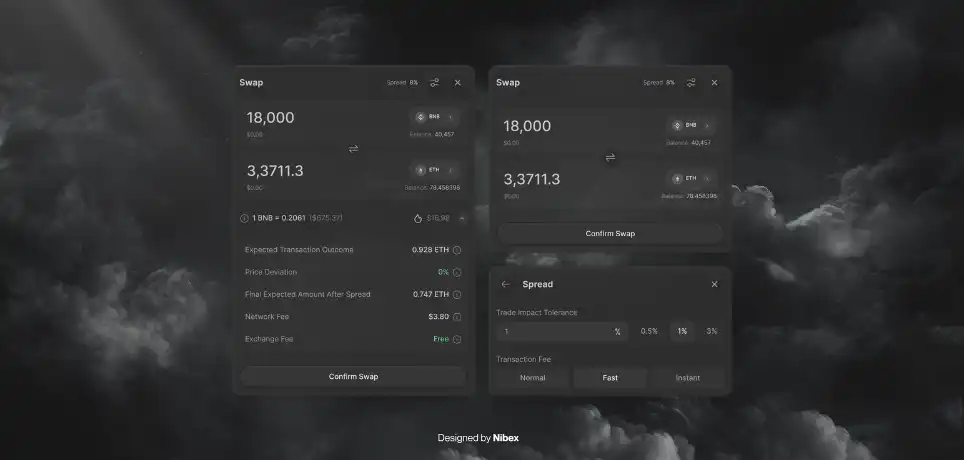
3. Engaging Micro-Interactions
Small but mighty, micro-interactions are set to play a bigger role in web design. From animated hover effects to subtle button ripples, these tiny details make websites feel alive and interactive. For landing pages, they enhance user engagement and conversions by providing visual feedback and guiding visitors through the experience seamlessly.
Why It’s Trending
- Enhances user engagement
- Creates a lively and dynamic web experience
Challenges
- Overuse of animations can slow down website performance.
- Poor execution can confuse users rather than enhance usability.
Successful Example:
Dribbble—The platform uses subtle hover effects and button animations to enhance user interaction.
4. 3D Design & Immersive Experiences: A Game-Changer in Web Design Trends
Gone are the days when 3D design was reserved for gaming and entertainment sites. In 2025, interactive 3D elements will be used for storytelling, product showcases, and immersive website experiences. Whether it’s a virtual showroom for eCommerce or an engaging startup landing page, 3D elements create depth and realism that captivate users.
Why is 3D a leading web design trend?
- Increases visual appeal
- Perfect for eCommerce and interactive product displays
Challenges
- Requires more computational power, impacting page speed.
- Can increase loading times if not optimized properly.
Successful Example:
Nike—They utilize 3D models to provide an interactive shopping experience for their sneakers.
5. AI-Driven Personalization
AI-driven personalization is transforming web design by tailoring content, recommendations, and layouts based on user behavior. This dynamic approach ensures websites feel more intuitive and engaging, especially for eCommerce platforms where AI can suggest products based on browsing history. AI-powered responsive design also ensures optimal performance across devices.
Why It’s Trending
- Optimizes user experience by dynamically adjusting content
- Increases conversion rates for eCommerce platforms
Challenges
- Raises privacy concerns
- Requires extensive data collection to be effective
Successful Example:
Netflix—AI-powered recommendations personalize the viewing experience.
6. Asymmetric Layouts
Asymmetric layouts break away from traditional grid-based structures and introduce a dynamic and modern aesthetic to websites. By overlapping elements, playing with depth, and embracing organized chaos, brands can create designs that are visually striking yet functional. This trend is particularly powerful for custom website design projects that want to make a bold statement. Nibex ensures these innovative layouts are eye-catching, highly functional, and user-friendly.
Why It’s Trending
- Breaks away from traditional grid structures
- Helps brands stand out with a unique and modern design
Challenges
- If not implemented carefully, it can make a site look cluttered.
Successful Example:
adidas—Uses asymmetric layouts for a more dynamic product showcase.
7. Bold & Expressive Typography
Typography in 2025 is bold, expressive, and attention-grabbing. Expect to see oversized fonts, animated text effects, and unique typefaces that help brands make a lasting impression. Strong typography is essential for startup branding, making headlines pop and guiding users through compelling landing pages.
Why It’s Trending
- Makes brand messaging more impactful
- Helps direct user attention to key sections
Challenges
- Certain fonts may reduce readability on smaller screens.
Successful Example:
The New York Times—Uses strong typography to enhance its journalistic identity.
8. The Rise of Glassmorphism
Glassmorphism is emerging as one of the most popular web design trends in 2025. This design style features transparent elements, blurred backgrounds, subtle highlights, and soft shadows, creating a futuristic and modern feel. Compared to Neomorphism, Glassmorphism is lighter, more adaptable, and enhances readability, making it ideal for buttons, information cards, and navigation panels.
Glassmorphism can create a more engaging user experience for custom website design projects by adding depth and an interactive feel. At Nibex, we incorporate this modern aesthetic to craft visually stunning and user-friendly digital experiences that set brands apart.
Why It’s Trending
- Creates modern, transparent, and futuristic UI elements
- Adds depth and interactive feel to the design
Challenges
- May not display well on all screens, requiring careful implementation.
Successful Example:
macOS Big Sur—Uses Glassmorphism for its panels and UI elements.
9. Sustainability in Web Design
Sustainable web design is gaining momentum as brands strive to reduce their digital carbon footprint. This involves optimizing website performance, choosing eco-friendly hosting, and minimizing unnecessary elements to enhance loading speeds. By adopting sustainable practices, businesses can improve user experience while aligning with modern environmental values.
Why It’s Trending
- Reduces a website’s carbon footprint
- Improves loading speed and performance
Challenges
- Requires code optimization and eco-friendly hosting solutions.
Successful Example:
Google—continuously optimizes its servers for lower energy consumption.
10. Interactive VR and AR Experiences
Virtual and augmented reality are revolutionizing web experiences. These technologies, from 3D product previews to interactive virtual spaces, enhance engagement and offer next-level storytelling. eCommerce platforms, real estate websites, and tech startups are leveraging AR/VR for immersive brand experiences that captivate users.
Why It’s Trending
- Enhances user engagement
- Perfect for eCommerce, real estate, and product showcases
Challenges
- Requires higher processing power
- Not fully accessible on all devices
Successful Example:
IKEA—Uses AR to allow customers to visualize furniture in their homes before purchasing.
Ready to Future-Proof Your Website?
At Nibex, we integrate cutting-edge web design trends to craft innovative, high-performance digital experiences. Whether you need a complete redesign or UI/UX transformation, our team ensures your website stays ahead of the curve. Let’s build the future of your digital presence—get in touch with us today!
Conclusion
Web design in 2025 is all about innovation, engagement, and user-centric experiences. Adapting to the latest web design trends ensures your brand remains relevant in an ever-evolving digital landscape. Staying ahead isn’t just about following fads—it’s about strategically implementing modern design approaches that enhance your brand’s story, usability, and functionality.
FAQs
Dark mode improves readability, reduces eye strain, and gives websites a sleek, modern look. It’s especially beneficial for eCommerce and content-heavy platforms.
AI analyzes user behavior to dynamically adjust content, product recommendations, and layouts, creating a more tailored and engaging experience.
3D elements add depth, realism, and interactivity, making websites more immersive and visually compelling—ideal for product showcases and branding.
Sustainable web design reduces a website’s energy consumption and carbon footprint by optimizing performance, simplifying code, and using green hosting.
Brands can use AR for product visualizations (e.g., virtual try-ons in fashion eCommerce) and VR for interactive experiences, such as virtual showrooms or real estate tours.
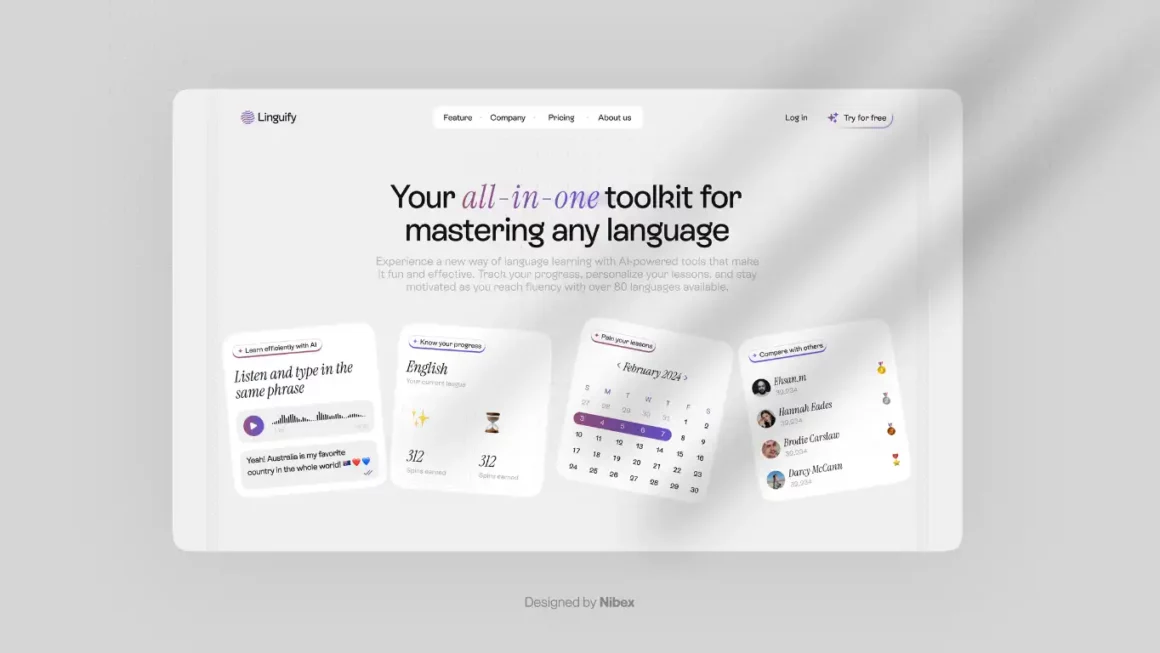
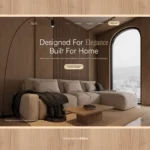
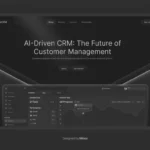

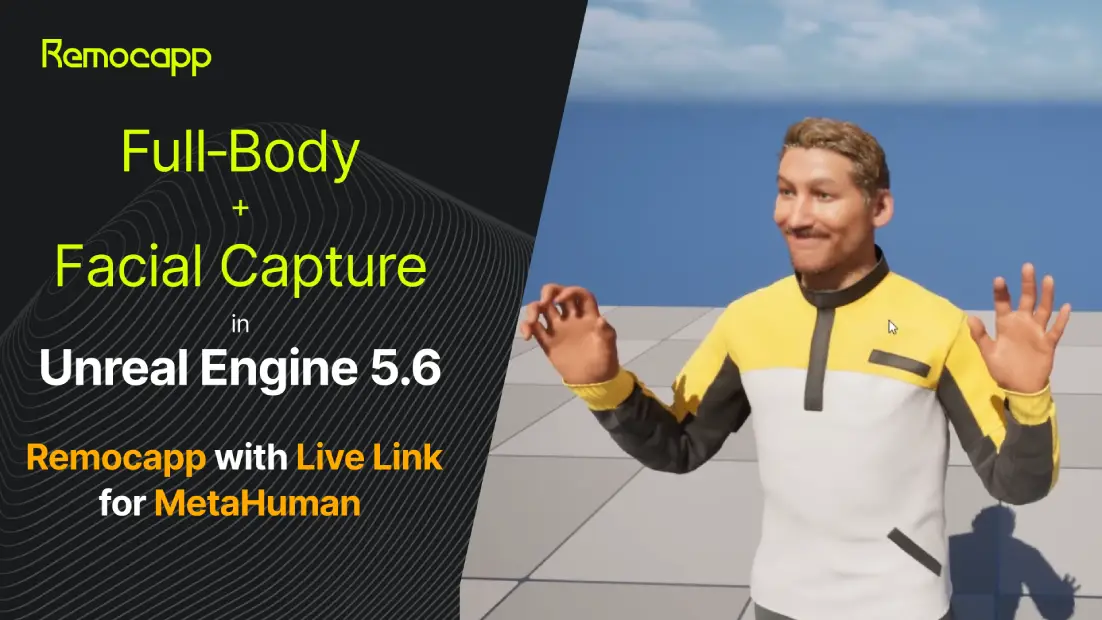
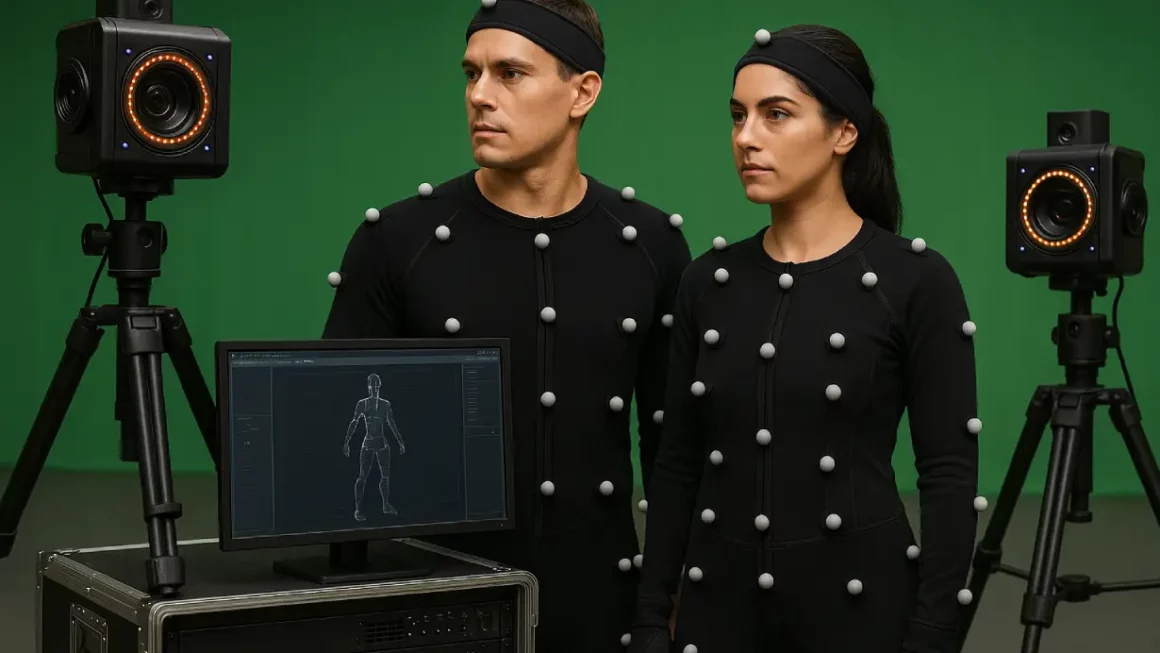
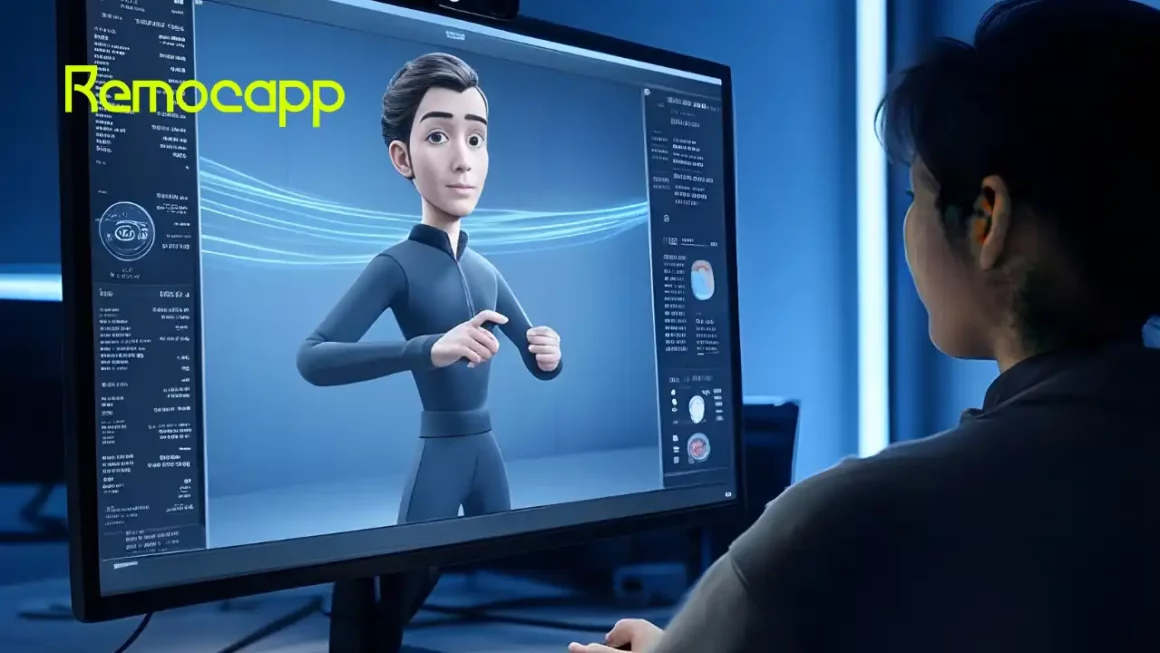
Awsome
Thanks Hamed for your attention!
Nice blog
Wonderfull!